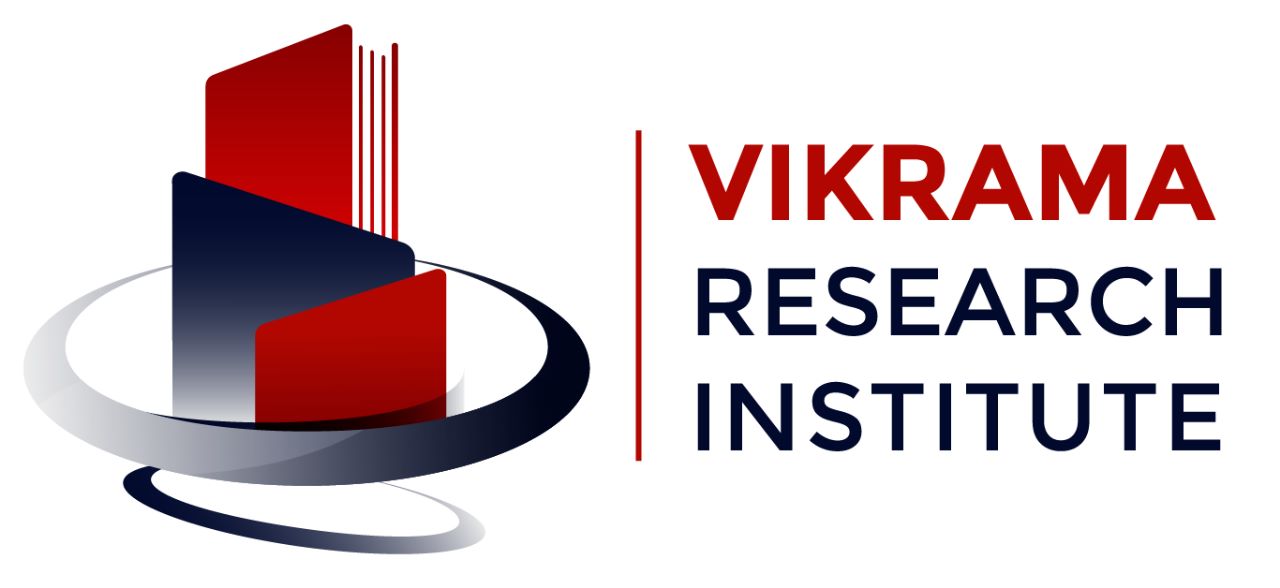The Influence of Labor and Population Growth on Economic Growth in Indonesia the Year 2017 – 2022
DOI:
https://doi.org/10.38142/ljes.v1i3.162Keywords:
Labor, Population Growth, Economic GrowthAbstract
Purpose:
This research aims to complement the shortcomings of previous research, which discusses differences in views regarding the impact of Labor and Population Growth on Economic Growth. This research focuses on the population experiencing unemployment as a labor and population growth marker, which influences economic growth in Indonesia. The research aims to understand the impact of Labor and Population Growth on Economic Growth in Indonesia over six years, namely from 2017 to 2022.
Methodology:
The research method used is panel data regression, which involves collecting data regarding labor, population growth and economic growth from 2017 to 2022 via internet sources.
Findings:
The research results, using panel data regression analysis and hypothesis testing (t-test and R2 determination test), show that the labor variable (X1) is not significant and hurts economic growth (Y) in the 2017 – 2022 period, while the population growth variable (X2) has a significant and negative effect on economic growth (Y) in the same period.
Implication:
The labor variable (X1) is stated to have a negative and insignificant influence on economic growth (Y) in 2017 - 2022. The population growth variable (X2) is stated to have a significant and negative influence on economic growth (Y) in 2017 - 2022.
Downloads
References
Lesfandra. l. (2021). Pengaruh Ekspor, Penanaman Modal Asing, dan Penerimaan Pajak Terhadap Pertumbuhan Ekonomi Indonesia. Jurnal sosial ekonomi dan humaniora. 7(2). 180–188.
Mahendra, A. (2020). Pengaruh Utang Luar Negeri, Penanaman Modal Asing, Penanaman Modal Dalam Negeri dan Tenaga Kerja Terhadap Pertumbuhan Ekonomi di Indonesia 2010-2018. May 2019. 55–57.
Nairizi. M. A. (2023). Analisis pengaruh kemiskinan, pengangguran, dan inflasi terhadap pertumbuhan ekonomi indonesia. Jurnal jendela inovasi daerah. 6 (1). 38–58. https://doi.org/10.56354/jendelainovasi.v6i1.131
Purba. W,. Nainggolan. P, & Panjaitan. P. D. (2022). Analisis Pengaruh Inflasi dan Pertumbuhan Ekonomi Terhadap Pengangguran di Provinsi Sumatera Utara. Jurnal Ekuilnomi. 4(1). 62–74. Https://doi.org/10.36985/ekuilnomi.v4i1.33 6.
Saputra, K. A. K. (2021). Easy Access To Public Services Through Digital Village.
Setijawan, B., Anwar, N., & Suharno. S. (2021). Pengaruh investasi, tenaga kerja dan pengeluaran pemerintah terhadap pertumbuhan ekonomi di provinsi jawa tengah. J-mas (jurnal manajemen dan sains). 6(2). 332. Https://doi.org/10.33087/jmas.v6i2.274
Wardana, B. S., Budhi. M. K. S., & Yasa, I. G. W. M. (2010). Faktor-faktor yang mempengaruhi pertumbuhan ekonomi dan dampaknya terhadap kesempatan kerja di provinsi bali. Ejurnal ekonomi dan bisnis universitas udayana. 131–139.
Widjayanti, P. F. S., Saputra, K. A. K., & Larasdiputra, G. D. (2024). The Influence of Profitability, Company Size, and Growth Opportunity on the Quality of Profits in Property and Real Estate Companies Listed on The Indonesian Stock Exchange (BEI) Year 2019-2022. Journal of Governance, Taxation and Auditing, 2(4), 239-245. https://doi.org/10.38142/jogta.v2i4.1024
Yustie, B. P. R. (2020). The Impact of Labor, Human Development Index (HDI), and Poverty on Economic Growth in Regencies and Cities in East Java Province for 2014-2018. Equilibrium: Journal of Economics, Management, and Accounting, 16(1), 47-53.
Downloads
Published
Issue
Section
License
Copyright (c) 2024 Yoga SWASTIKA, Ketut DHARMA, Lanang Putu TANTRA

This work is licensed under a Creative Commons Attribution-NonCommercial 4.0 International License.
Creative Commons Attribution-NonCommercial 4.0 International License.

















